We’ve almost stopped being surprised by the rubbish people dump in the bush: a complete lounge suite in Kalimna Park! A washing machine in the Columbine Creek catchment! What will the dumpers think of next? And what does that tell us about, er, modern civilisation?
But here’s something new: thirteen white traffic guide posts, most of them in mint condition, in a quiet gully 200 metres from the road in the Fryers Forest. A quick internet search reveals they’re worth $12.32 each!
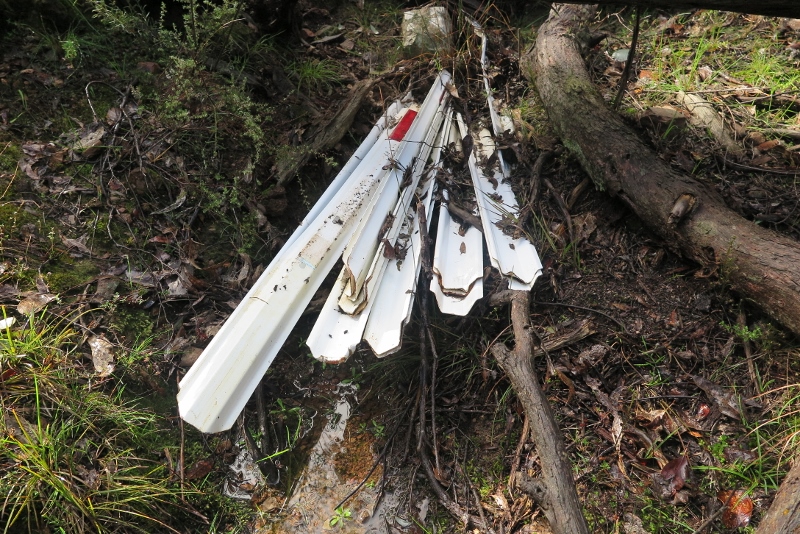
Roadside traffic posts in mint condition, dumped in the Fryers Forest: a new method of storing equipment?
We’ve asked DELWP whether they’re just being stored there, but haven’t received a response. It seems too far from the road…and it is, after all, a form of visual pollution in an otherwise reasonably untouched place…
We’ll report on any response.

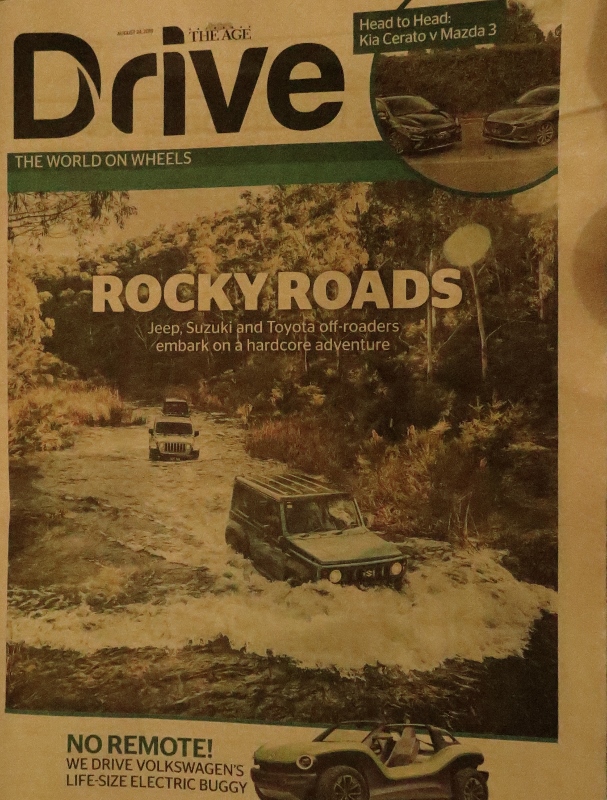
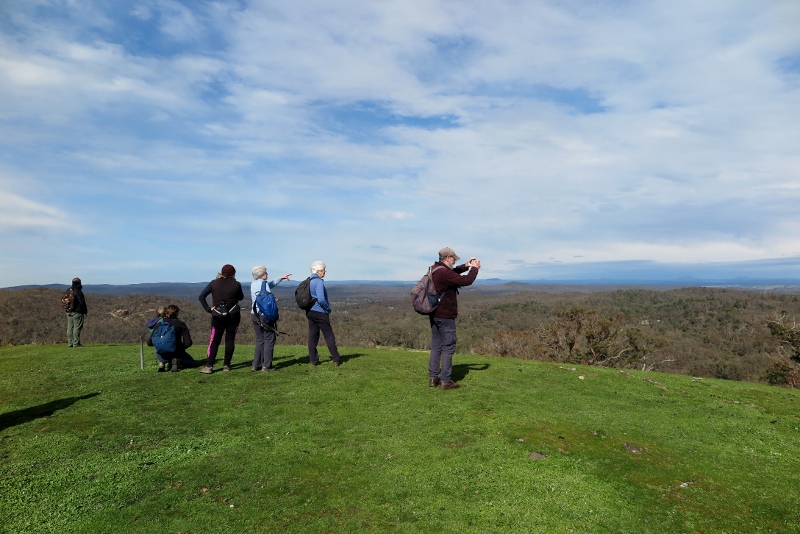
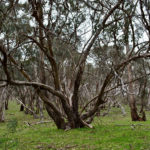
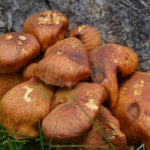
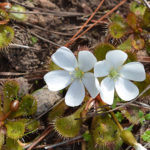
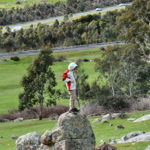
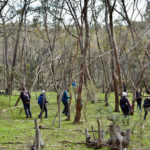
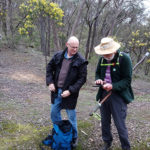
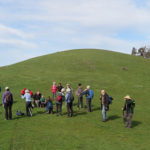
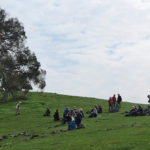
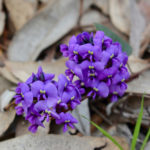
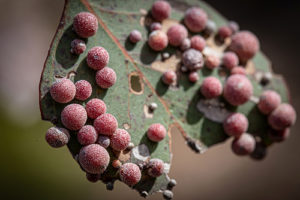
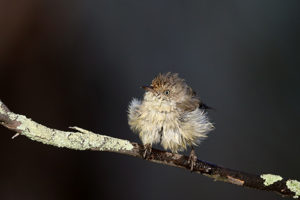

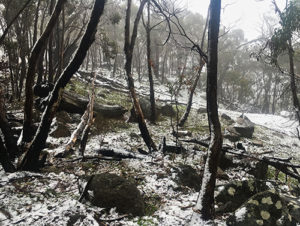
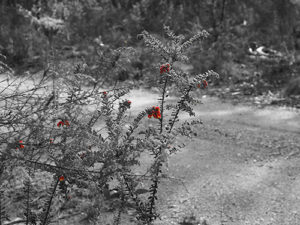
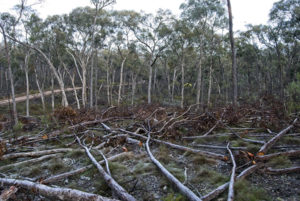
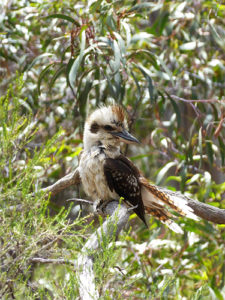
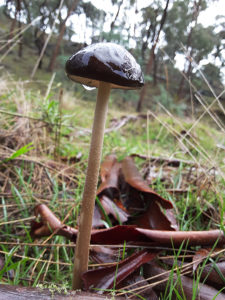

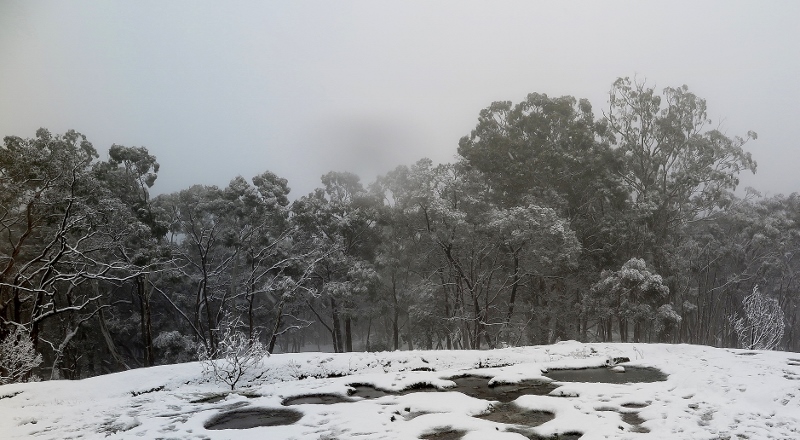
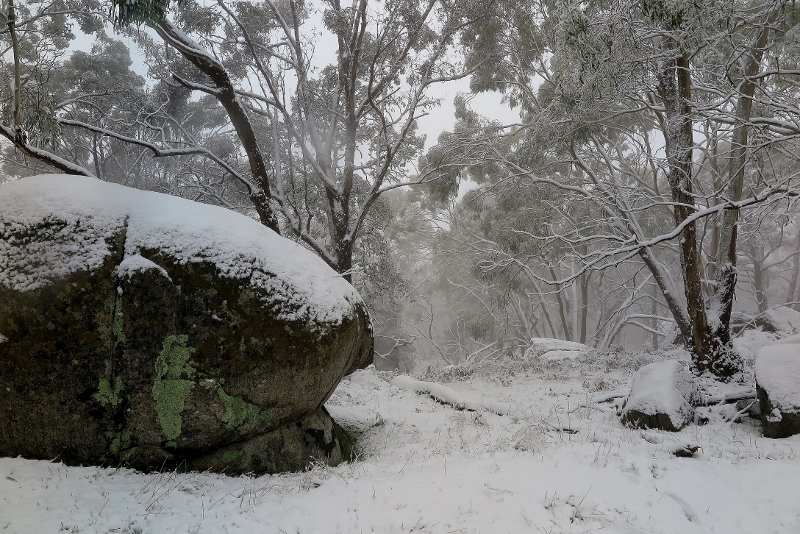

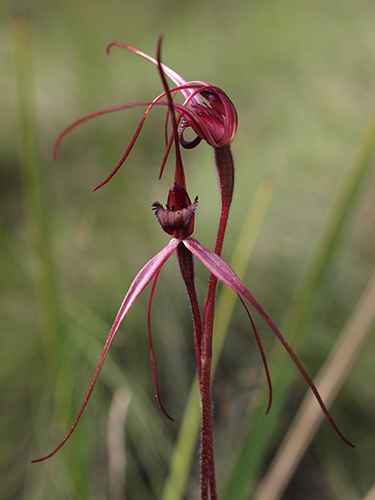
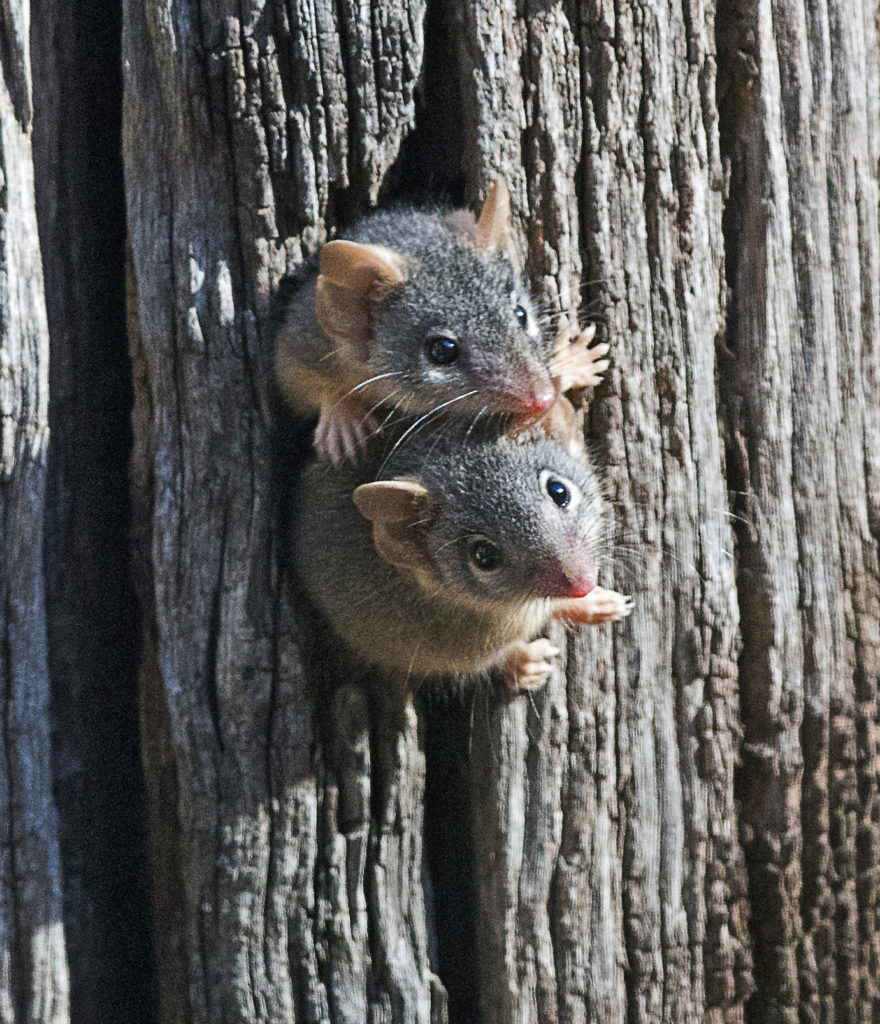
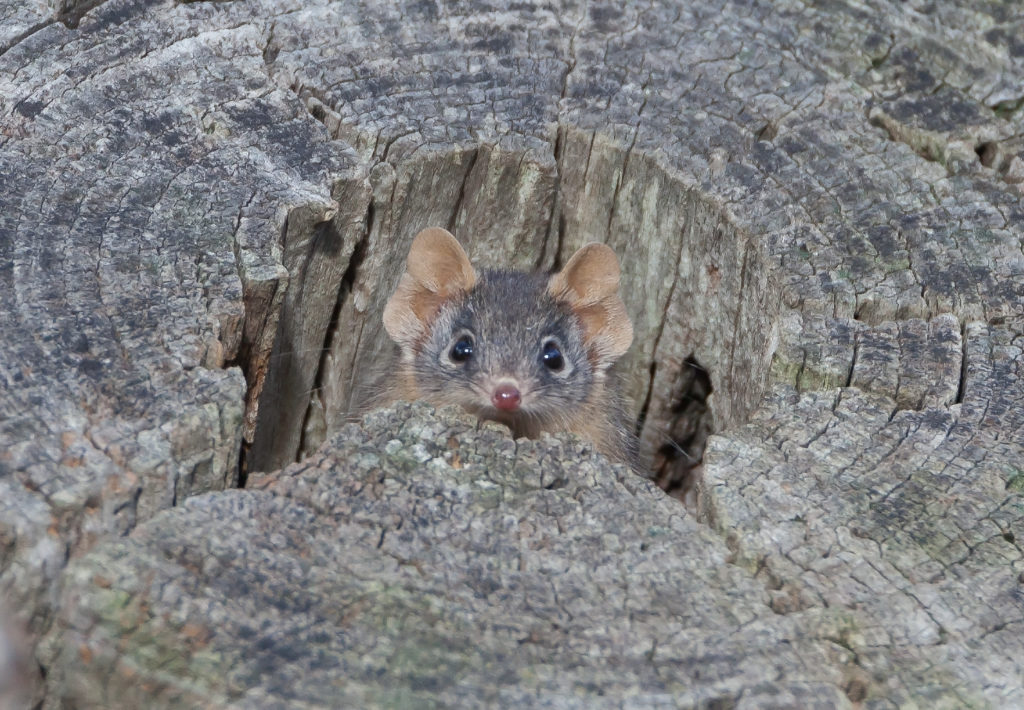



 Click on image for info/order page
Click on image for info/order page Click on image for info/order page
Click on image for info/order page Click on image for info/order page
Click on image for info/order page




















